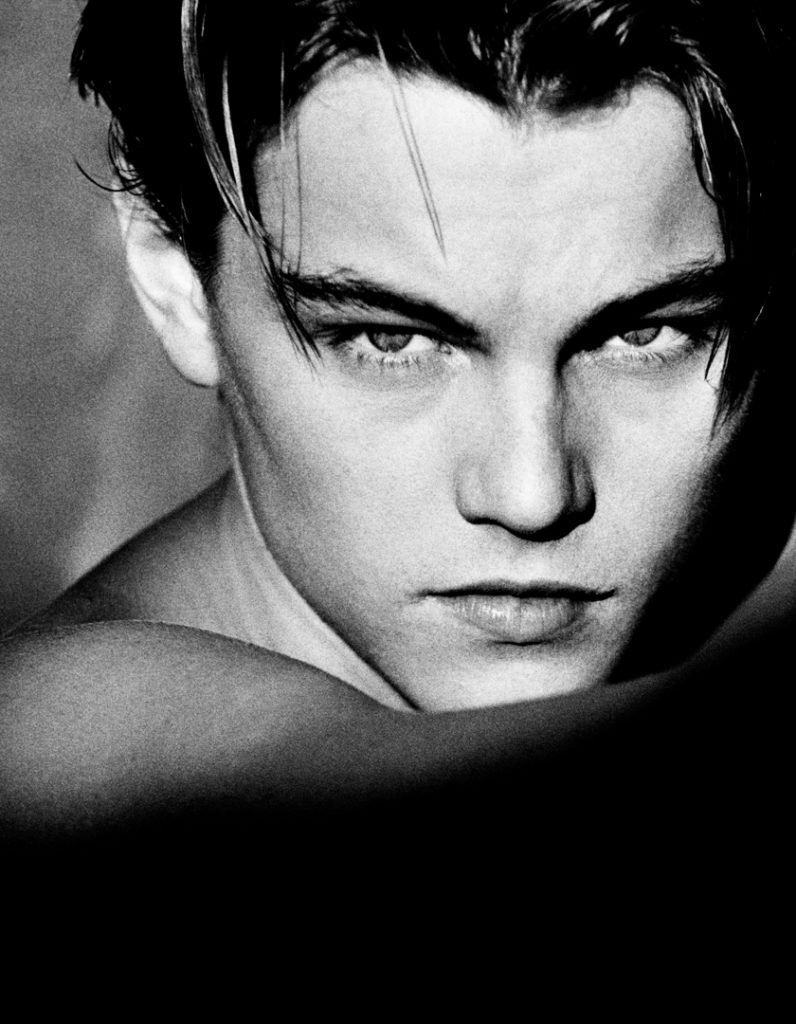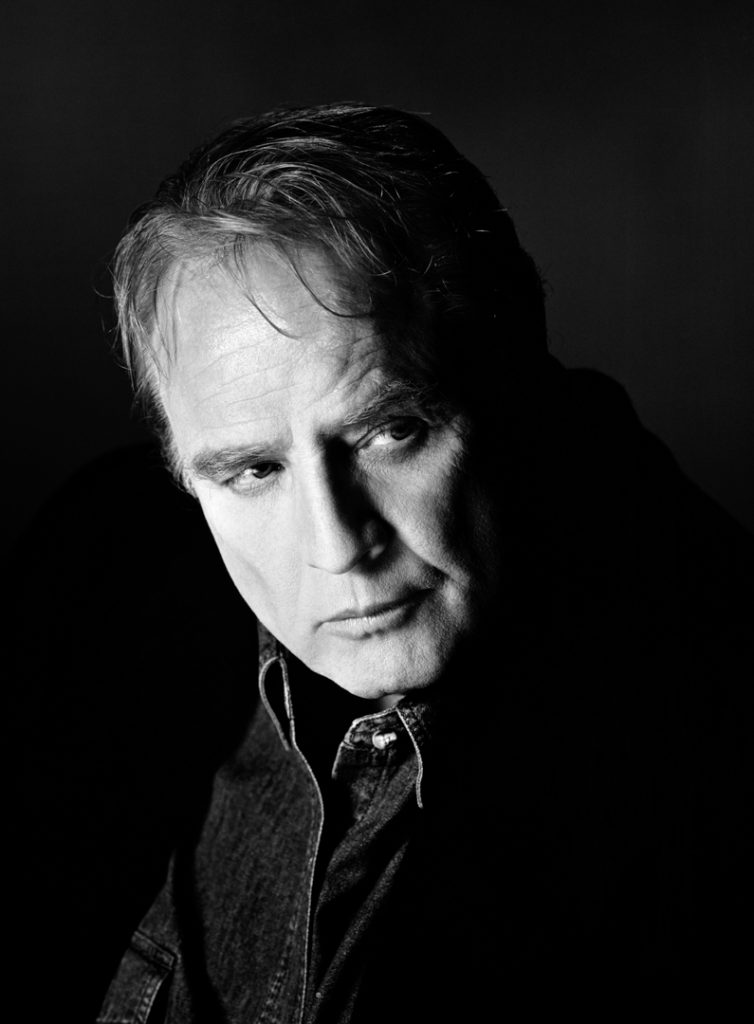Imagine shooting stunning portraits of Hollywood icons and celebrity royalty. It’s all in a day’s work for legendary photographer Greg Gorman. For more than forty years, this Lexar Elite Photographer has captured some of the most famous faces on the planet, in his own unique way.
Here Greg shares his exclusively insights on what makes a connected portrait. So even if you’re not jetting to Hollywood for your next photo shoot, you can steal these tips from a master for your own photography.

1. Use a single point of light. Lighting is much simpler than people make it out to be. Most people think you need a myriad of lights coming from multiple directions to create strong portraiture. In many cases, I am quite content with one single light source! When beginning with a subject I am unfamiliar with, I often begin by turning them into and away from a single light source. I start with the light directly over the camera to determine which features I will play up in the highlights and which ones I will play down in the shadows. After determining what I feel will produce the optimum results, I will then place the light to the left or right of the camera to see if I prefer the subject turned into or away from the light.

2. Review your options. To verify I am making the right decision, I will often take the time to shoot both sides of a person’s face turned into and away from the light. I will also analyze the light from both sides of the camera. I will then download the imagery onto my computer with a large display and review it before proceeding. The BIGGEST downside of shooting with 35mm DSLRs is the viewing size of the jpeg on the back of your camera. What often looks great there looks terrible once you see it enlarged. Very different from the days of shooting medium format with Polaroids as a good reference.

3. Start with a close-up. Starting in close and analysing your subject’s face offers you many positive things in terms of setting up what hopefully will become a successful shoot. It allows you to really see things up close and personal. It helps build a more intimate relationship between subject and photographer, and often helps set the tone for when you pull back with the camera in terms of direction, angles, posing, and general understanding of the person at hand. Once you pull back, that element of intimacy is gone and the distance can become more of an issue!

4. Build trust. You must remember that most personalities are more comfortable playing a character other than themselves in front of your lens. When it comes time to strip them bare of all of this, they are often much more insecure than one would expect—realising their personal flaws and shortcomings. Hard to believe, but true. It is important to build their confidence and trust if you are going to get them to emote in front of your camera and deliver a connected expression.

5. Create a signature with your images. As an artist you must maintain and develop your own unique and discriminating style that represents you—not someone else! Your imagery should consequently reflect this in terms of recognisability for the look you have established.

6. Build a great team. Your signature look is dependent on a team—not just the photographer. Granted, it is the photographer that puts this look and team together. For me, it is the consistency of working with the same make-up artists/hairdressers and stylists who understand the look and vision that goes into my work. My assistants, studio manager, retoucher, and even my chef all play equally important roles in completing the force behind my imagery. Without their superb assistance, I would fall short.

7. Understand body language. This is essential. Leaning into a pose, for example, always presents a more positive and assertive look. When one’s head is in opposition to one’s body in many cases there is a certain tension that reads as uncertain or insecure. In posing, one must be totally conscious of the position of limbs, hands, and neck positions—all of these add up to elements that could distract and break the flow of a successful image.

8. Maintain control of your vision. After a shoot is complete, I feel it is key that the photographer maintains control over the edit as he alone understands every single element that went into creating the images he has captured. Selecting the specific shots allows the artist to maintain control of his vision. I am very specific down to the final moment when the image is seen in its finality by others—whether it be in a magazine layout or on a billboard.

9. Master the art of retouching. The retouching of the image is equally important as the feeling and the moment, which may be lost with the wrong stroke of a pixel. On big shoots, my retoucher is often present to pick up on the energy and personality of the talent so it is maintained throughout the retouching process and not lost, as is so often the case today with over-retouching.

10. Foster relationships. Finally, working with the talent to maintain the level of trust and confidence that one has established during the shoot is key and the best insurance policy to keep things on track for future possibilities. I have always sided with the talent over most art directors if I feel their intent, integrity, and decision-making was on point. Those are the lasting relationships! Art directors and creatives come and go, but the talent, if they are truly talented, will be around for a while!























Great stuff!
[…] Read all the tips, and get an eyeful of pretty celebs (hey, Jared Leto) in Greg’s article here. […]
[…] Memory has an article, Portrait Tips from Celebrity Photographer Greg Gorman, that has become very helpful for my photo […]